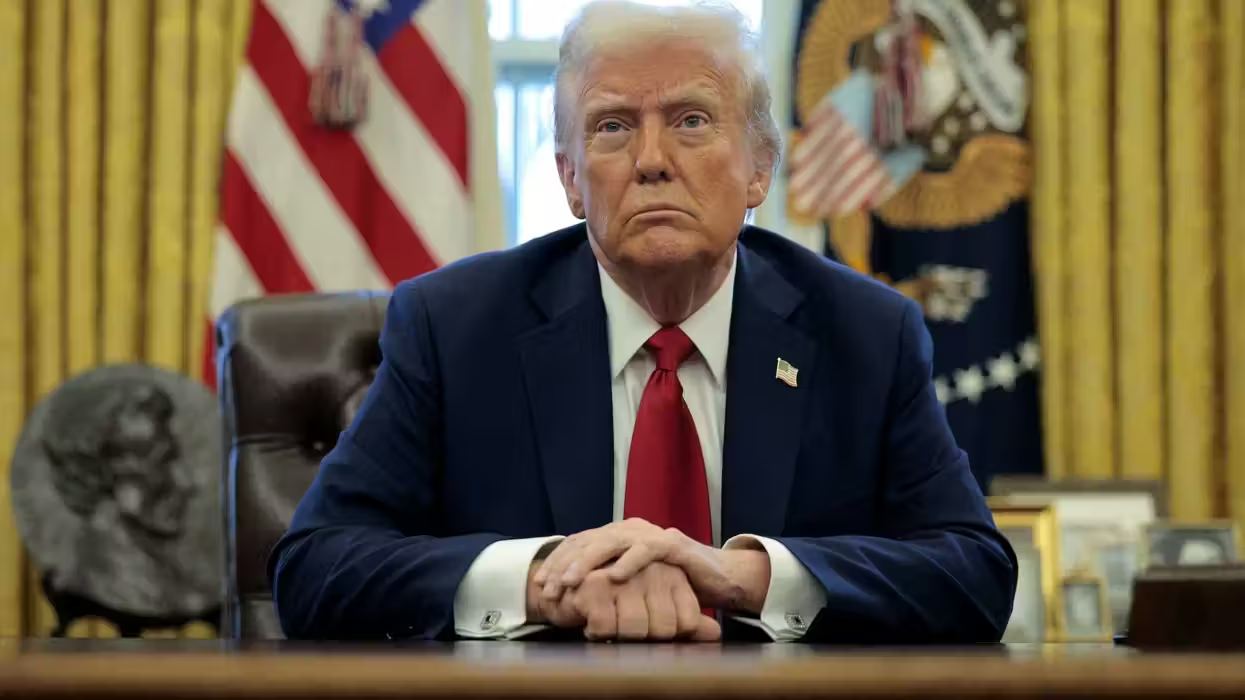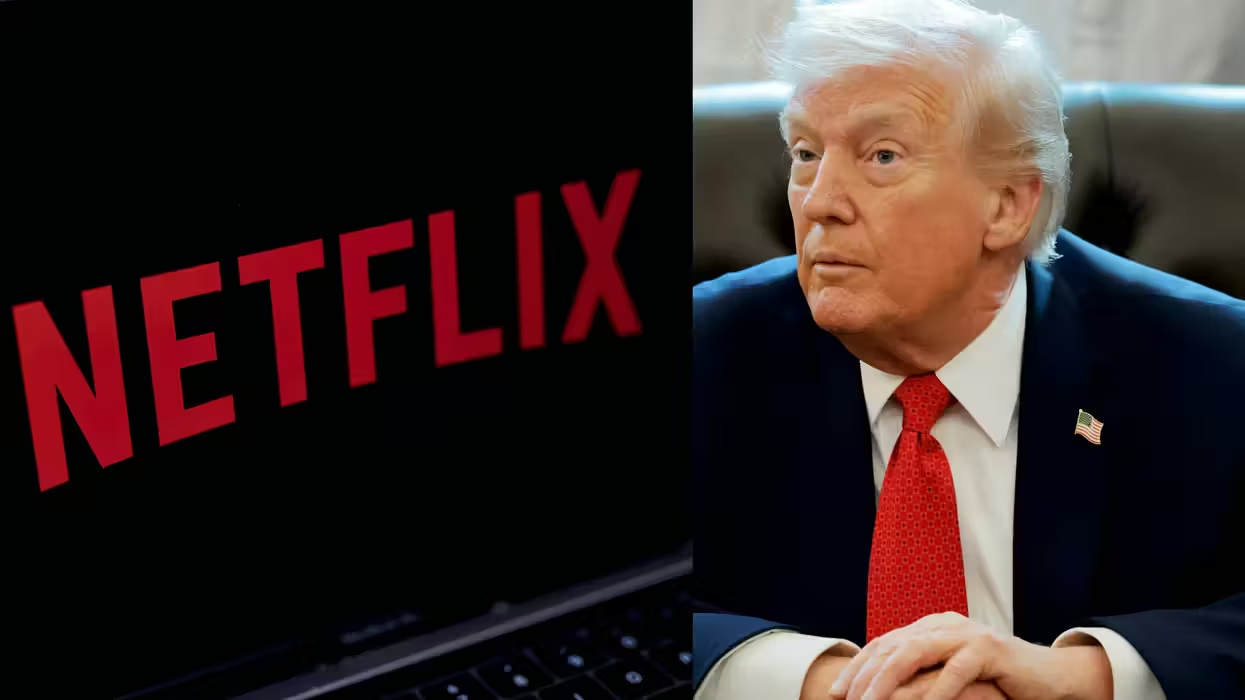UPDATE: China's Ministry of Commerce released a statement saying that China would impose tariffs that were the “same scale and the same strength” as those imposed by the U.S. It also called the U.S. tariffs “damaging” to relations between the two countries and “undermining the world trade order.”
Original story below:
The White House announced Friday that it would be slapping $50 billion in additional tariffs on China. This is in addition to the existing tariffs on Chinese imports.
What do these tariffs cover?
The tariffs will come in two waves. First, the U.S. is slapping a 25 percent tariff on 818 items that add up to about $34 billion. The second wave will cover 284 items worth roughly $16 billion.
In a news release, the White House said the tariffs were in response to “China’s theft of intellectual property and technology and its other unfair trade practices.” According to the news release:
These tariffs are essential to preventing further unfair transfers of American technology and intellectual property to China, which will protect American jobs. In addition, they will serve as an initial step toward bringing balance to the trade relationship between the United States and China.
If these tariffs sound familiar, here's why
On March 1, the Trump administration announced a global 25 percent tariff on all steel imports and a 10 percent global tariff on all aluminum imports. After the Trump administration's steep tariffs on aluminum and steel, China hit the imports of sorghum from the U.S. with a 178.6 percent tariff.
Then, on April 3, the White House released a list of 1,300 Chinese products worth $50 billion. China responded with its own list of $50 billion worth in U.S. products that it would hit with sanctions in response if this ever happened.
Could there be even more tariffs in the future?
At the end of the news release, the White House said:
The United States will pursue additional tariffs if China engages in retaliatory measures, such as imposing new tariffs on United States goods, services, or agricultural products; raising non-tariff barriers; or taking punitive actions against American exporters or American companies operating in China.
And we know what those retaliatory measures might look like. The U.S. has put together a list of Chinese products worth an additional $100 billion that could be hit by future tariffs.
What are critics saying?
Sen Orrin Hatch (R-Utah) has supported Trump's tough stance on China, but opposes the tariffs.
“Tariffs will harm American and Chinese businesses and consumers, and will put economic growth in both countries at risk,” Hatch said.
When the initial tariffs were signed, 108 Republican members of Congress signed a letter begging him to reconsider.
What are supporters saying?
While Republicans may have come out against the tariffs, Trump's latest move has garnered some support from the other side of the aisle.
Senate Minority Leader Sen. Chuck Schumer (D-N.Y.) tweeted on Friday: “.@realDonaldTrump’s actions on China are on the money. China is our real trade enemy, & their theft of intellectual property & their refusal to let our companies compete fairly threatens millions of future US jobs.”







